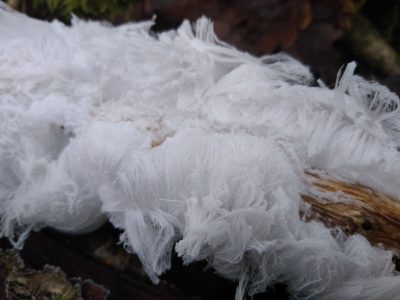Words from the Woods December 2022
14th December 2022
Words from the Woods ... to keep you in touch with all the amazing things happening in the woods and beyond
How to get the most out of your Wood Fuel
The cold weather, increased fuel prices and last winters storms are encouraging people to use more wood as a way to heat their homes. For this to be effective and environmentally sound it needs to be done well. Moisture content of your wood should be 20% or less and the way you use your stove make a real difference to the efficiency, environmental impact and safety of using wood as a heat source.
Cumbria Woodlands have created these 2 short films below as part of their 'Warmth from Wood Project' to help. Click here for more info
School Sessions
Over the Autumn term we've worked with well over 1000 children. Stone Age to Iron Age, Natural Arts, Nature Discovery, Tool Use, Bushcraft, creating Living Willow structures and even Anglo Saxon and Viking days all with the core theme of deepening the children's connection to the natural world.
Get in touch if you would like to bring a group out to the woods in 2023. Working in partnership with the National Trust in the beautiful St Catherine's woods there's plenty to explore and through the winter months we have use of the cosy strawbale Footprint if we need to warm up!
Click here for more info

Wilderness Therapy
Gareth is in the assessment stages of his Level 3 Wilderness Therapy training with the amazing EQE Outdoors (https://www.eqeoutdoors.com/). Over the next few months he'll be running sessions which are evaluated and independently assessed. This aspect of our work connecting people to natural spaces and enabling the multitude of therapeutic and well being benefits continues to be at the core of our Woodmatters ethos.
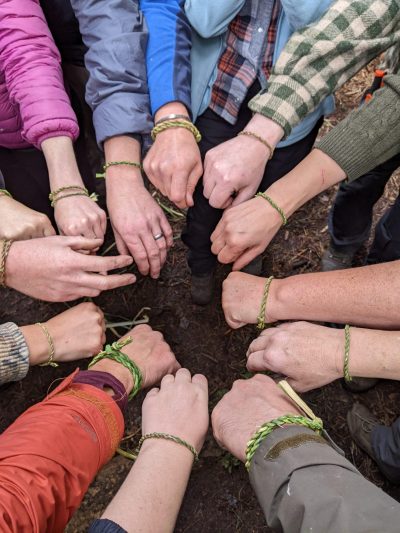
Coppice Association North West have recently updated their products and services brochure which is a great resource to find local crafts people, coppice workers and woodland workers.
Click here to view the brochure
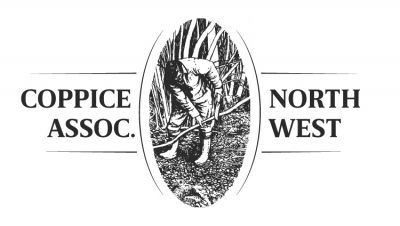
Winter Bark ID
In winter bark is a good way to identify tree species. It also encourages you to look more closely when the leaves are not there to help you. Here are two pairs of photos of species you'd find in local woodland that can be confused. It is much easier to see these features on mature specimens. Keep your eyes open on the woodland walks.
Silver Birch - note the diamond patterns
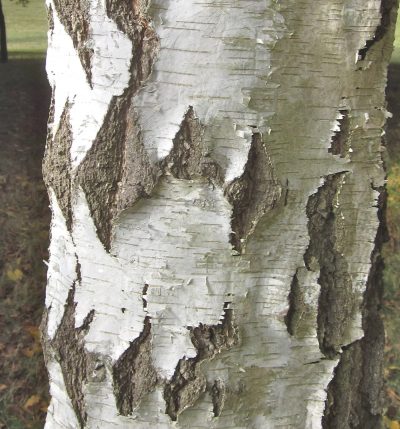
Downy Birch - note the smoother bark with horizontal lines
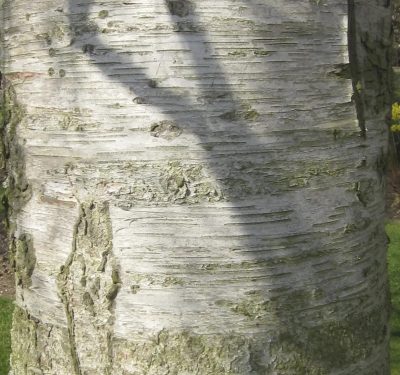
Beech - note the smooth, silvery grey bark
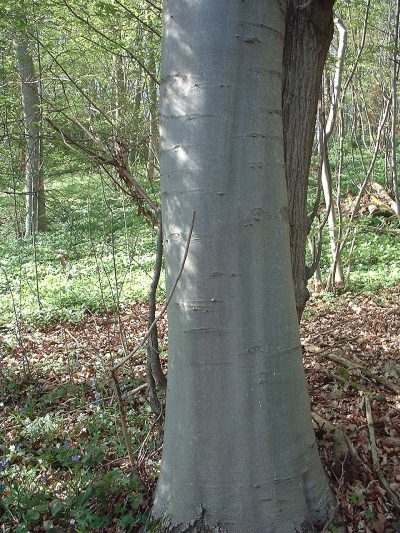
Hornbeam - also silvery in colour but with distinctive patterns which look a bit like stretch marks!
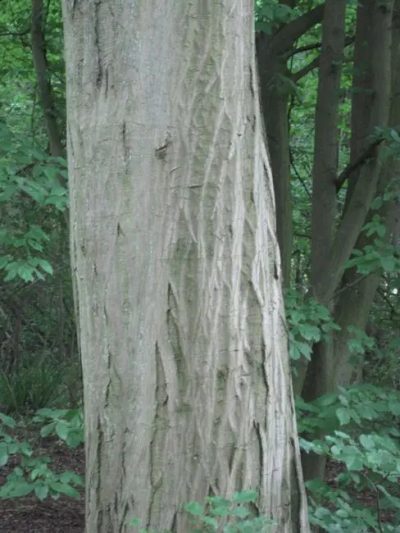
|
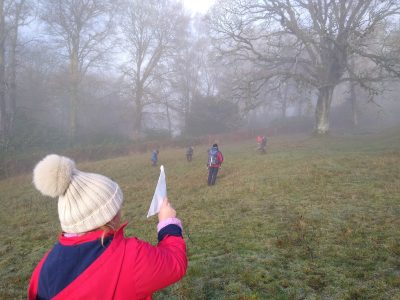
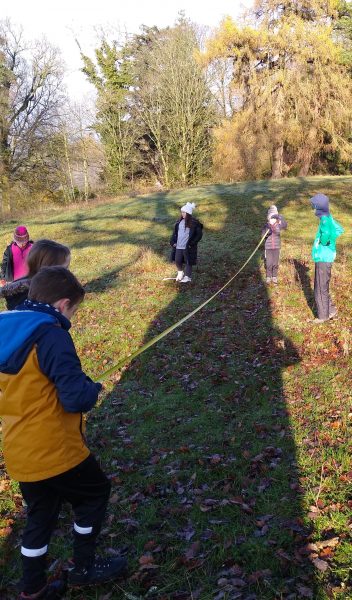
POEM CORNER...
Winter Trees
All the complicated details
of the attiring and
the disattiring are completed!
A liquid moon
moves gently among
the long branches.
Thus having prepared their buds
against a sure winter
the wise trees
stand sleeping in the cold.
BY William Carlos Williams (1883–1963)

Hair Ice
We found this on a log last winter and will be looking out for more now the weather has gone cold. Hair Ice is an ice formation which is quite unusual to find. It occurs on rotting wood where there is a particular fungi (Exidiopsis effusa) growing. It gets its name from the incredibly fine hair like strands of ice. It looks a bit like white candy floss. Worth keeping an eye out on these frosty days. Here's a link to more info https://www.metoffice.gov.uk/weather/learn-about/weather/types-of-weather/frost-and-ice/hair-ice
